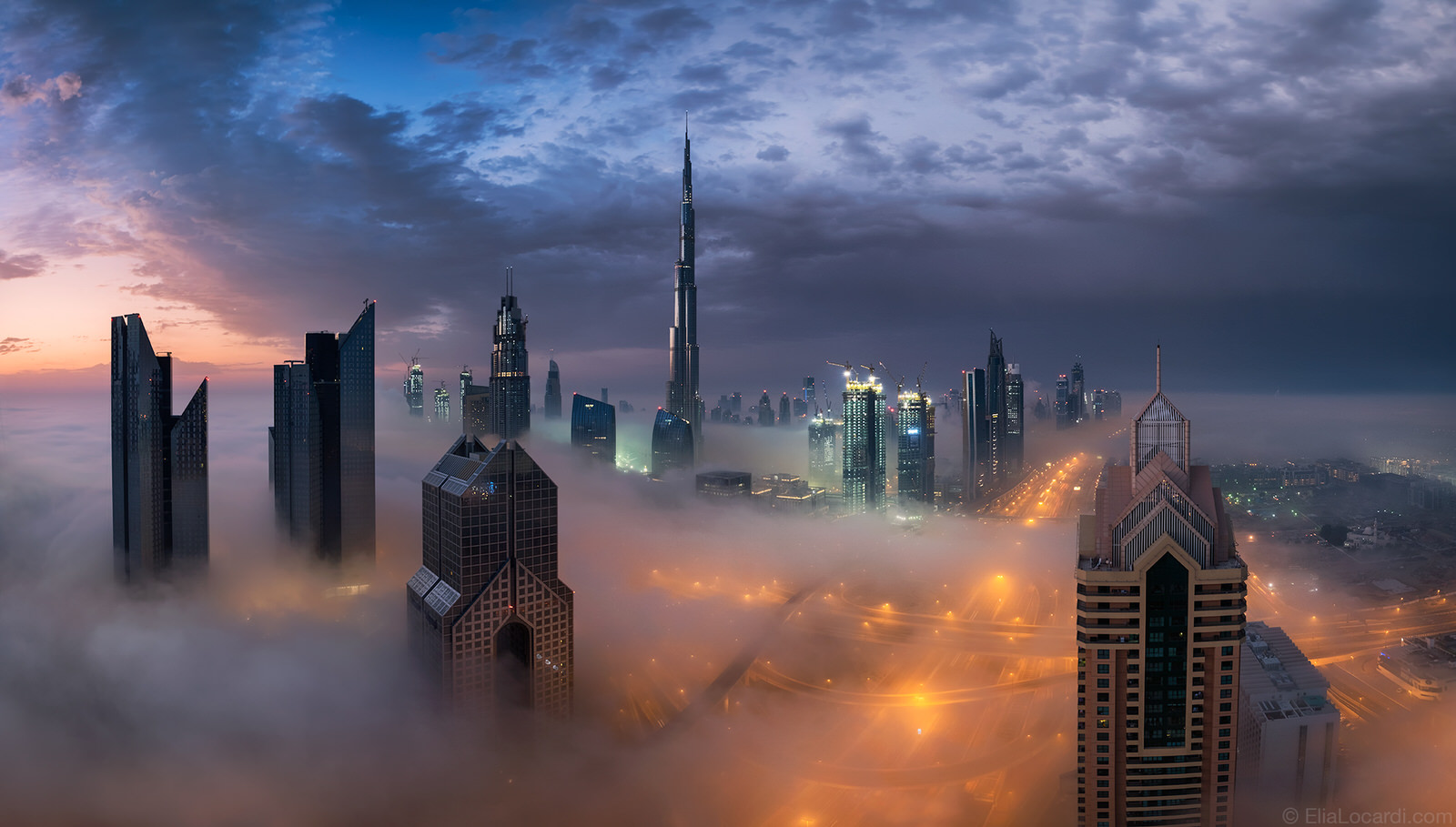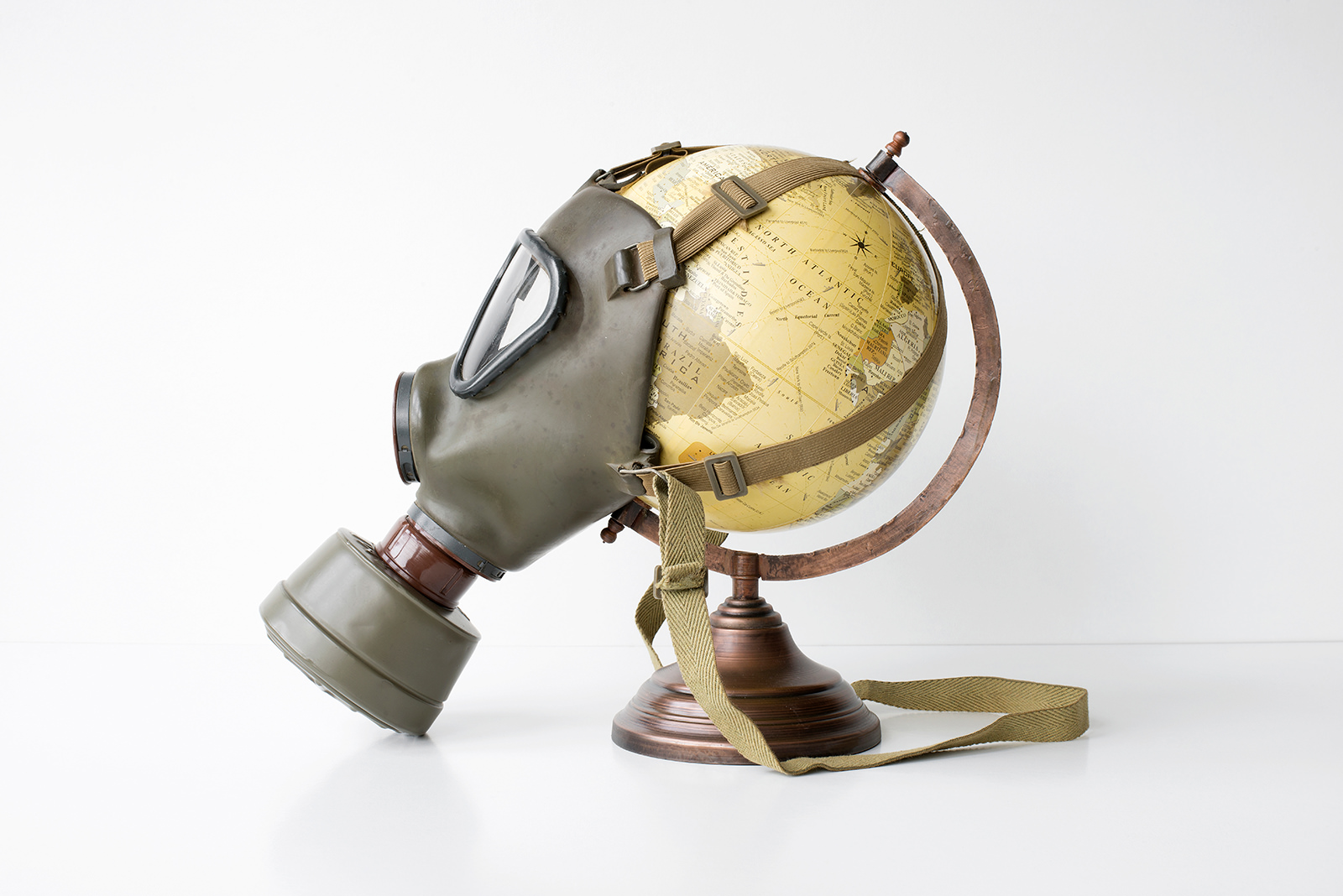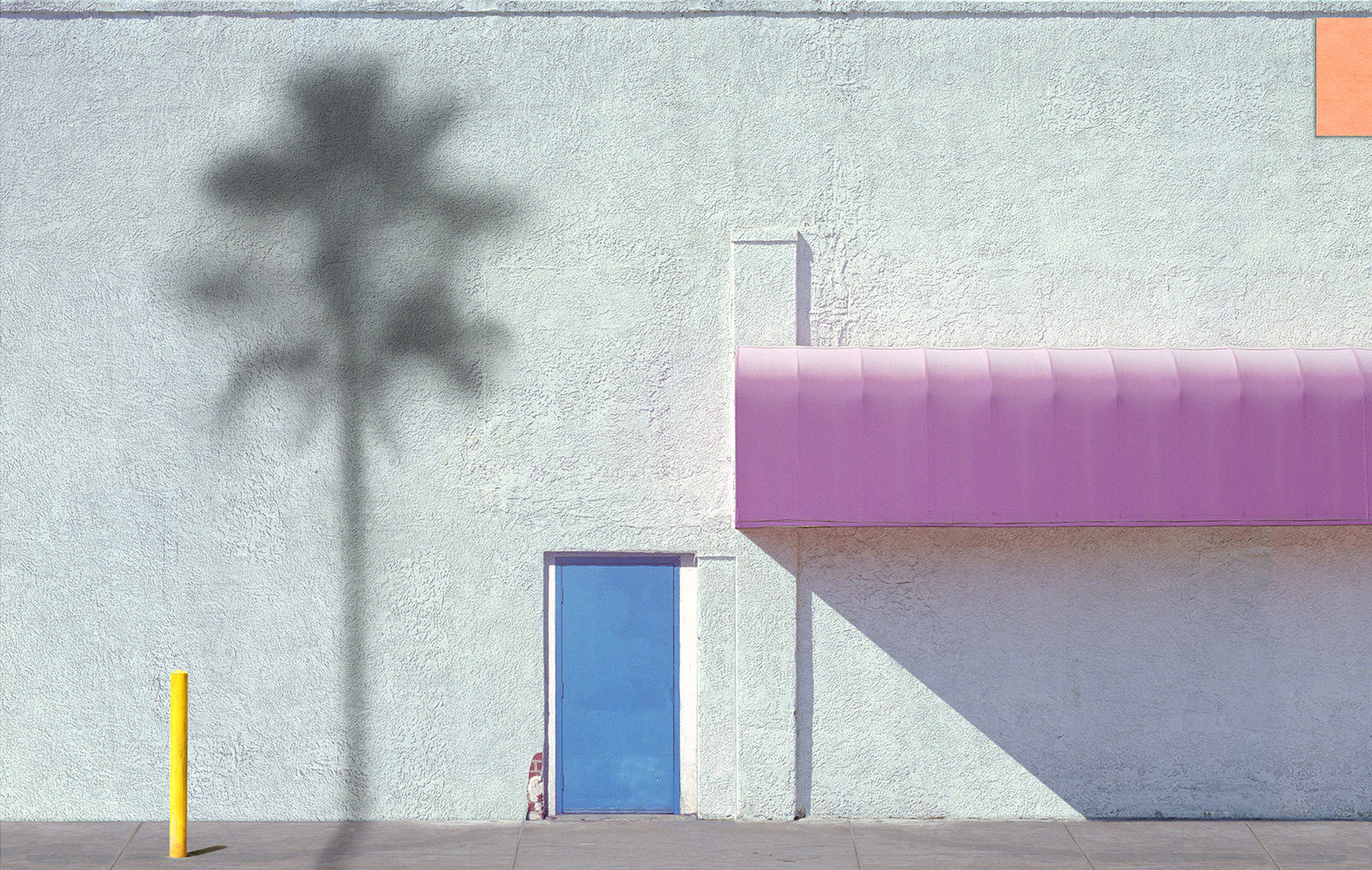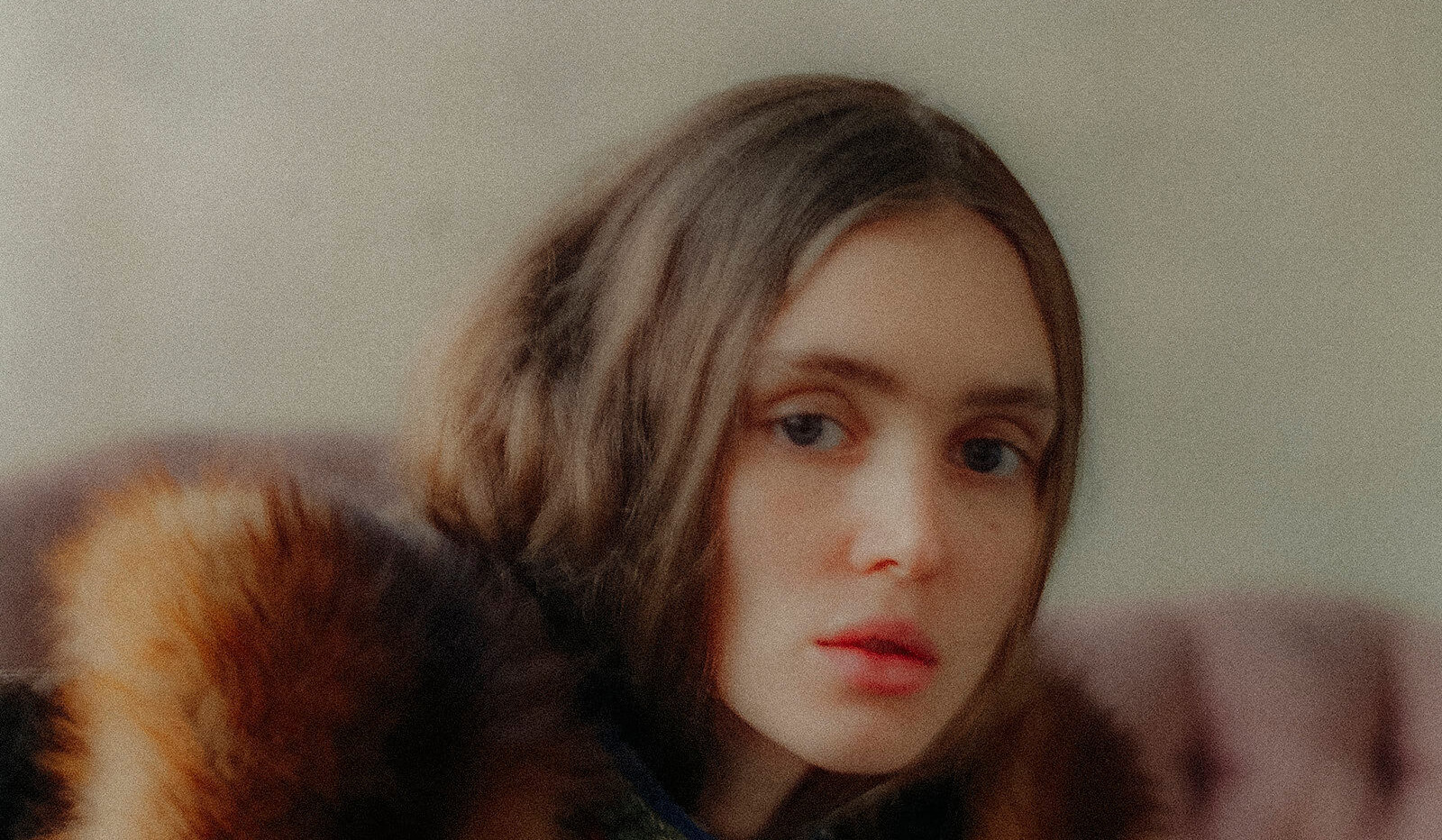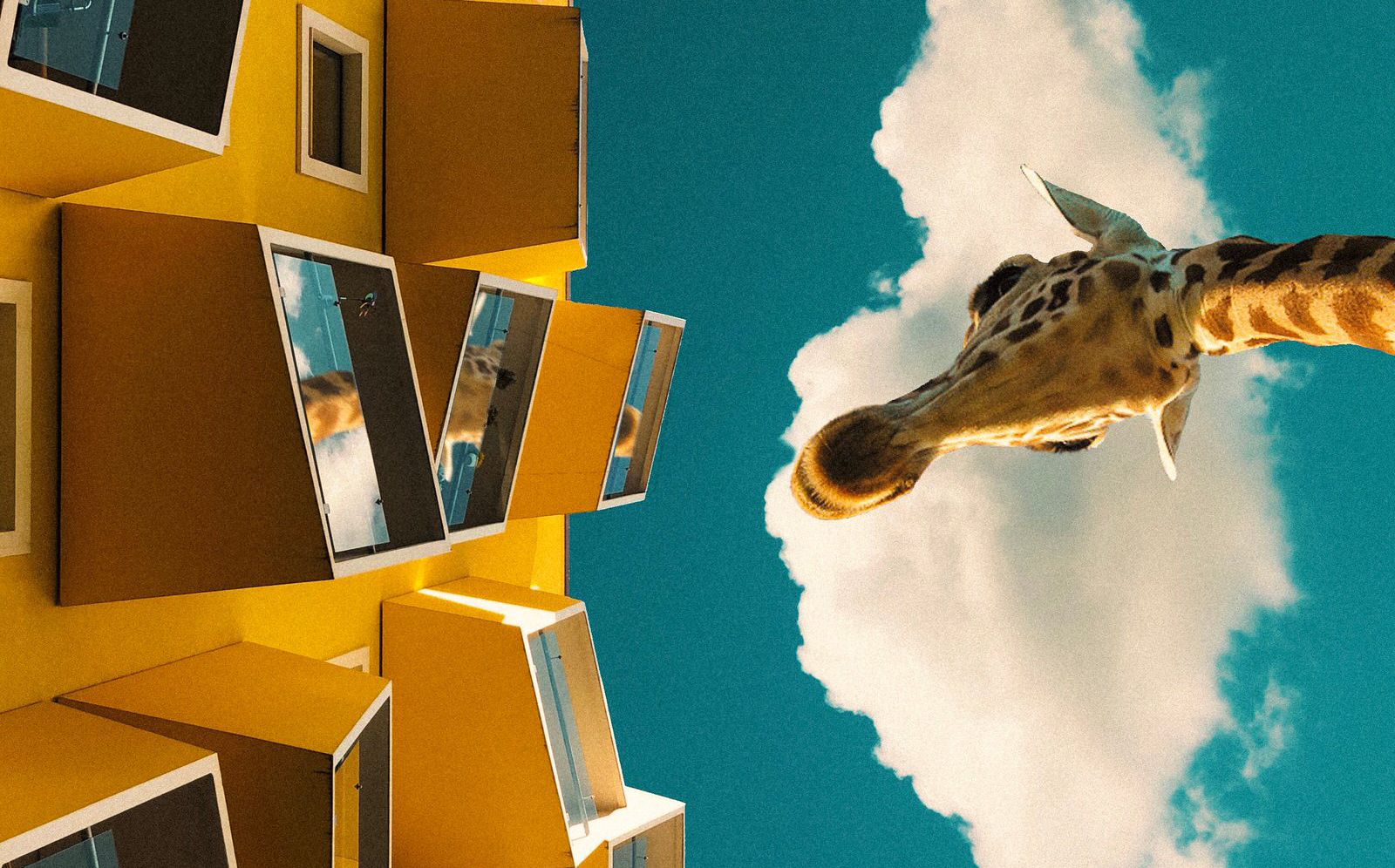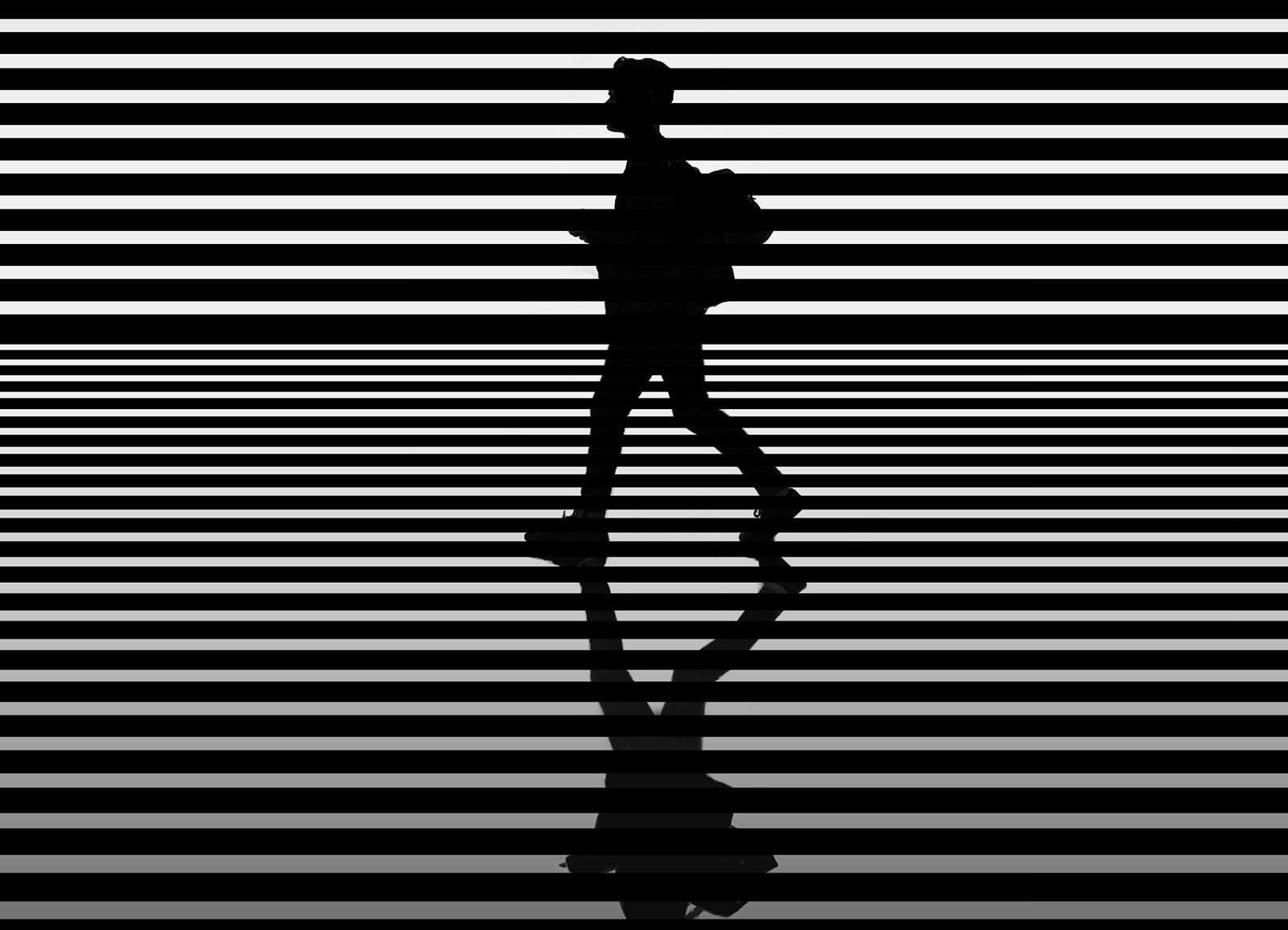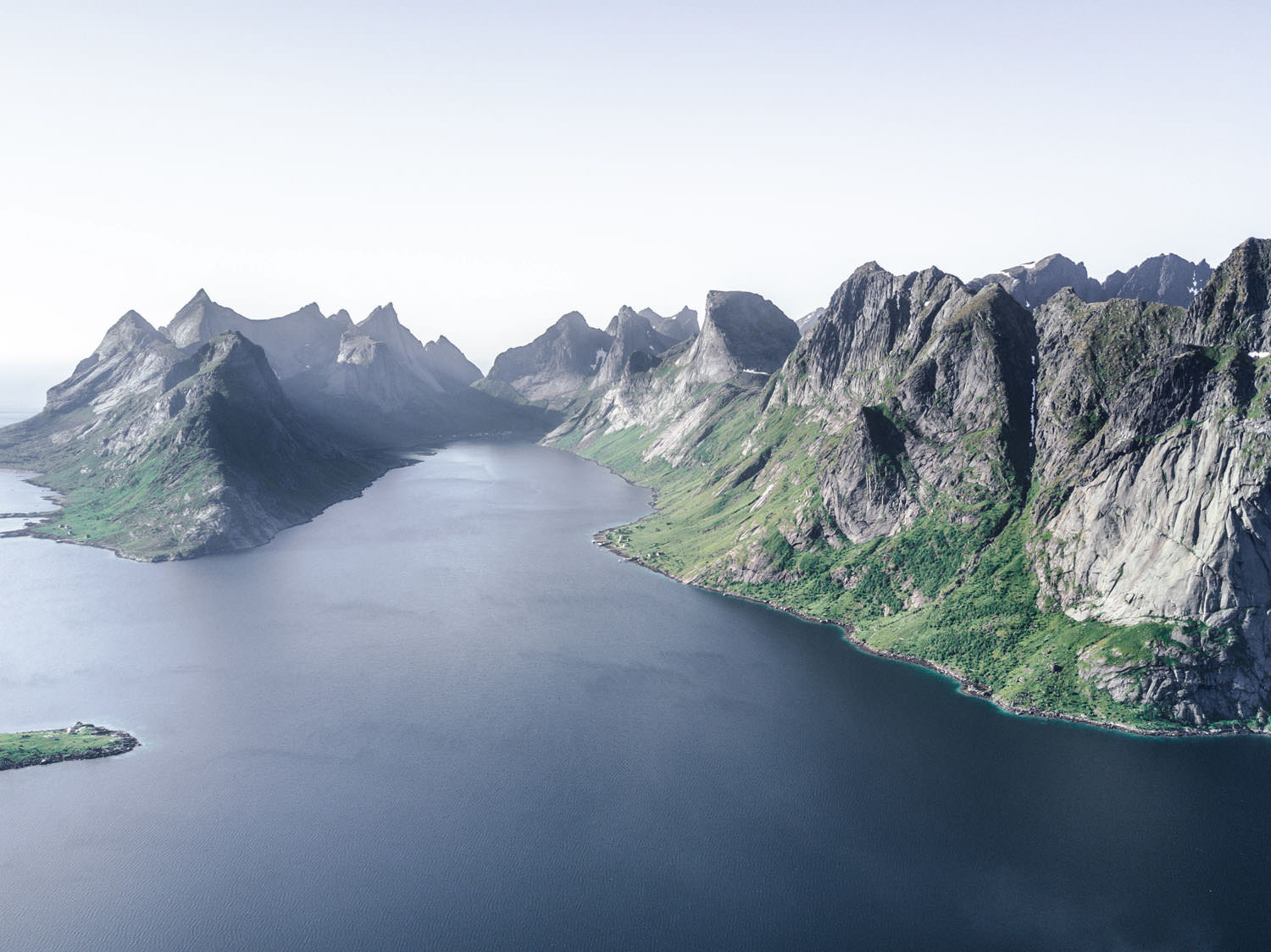
Incredible Award-Winning Aerial Drone Photography by Misha De-Stroyev
Today we have the pleasure of learning more about travel photographer, and creative agency founder, Misha De-Stroyev. Misha earned 3rd place in National Geographic’s 2017 Travel Photographer of the Year award for one of his stunning aerial shots of a soccer field in Norway. In our interview, we talk to Misha about sourcing inspiration; balancing personal creative projects with contracted work; and which photographer he admires most.
When did you start to do creative work?
Misha: I’ve always said that I started photography about 10 years ago, and I kind of always associated that with when I bought my first Canon DSLR. However, I recently realized that I started photography way back before then. I was actually working as an events photographer, for an online website, which was the equivalent of Facebook in France. This was a local Parisian social media network that summarized everyone’s weekends with photos from all the best local parties. I was the director of the photographers of the website: in charge of managing which photographer went where. I, of course, was also one of the photographers, taking photos at all the events.
How did you get that job?
Misha: I got that job through knowing people in Paris. That’s pretty much it. Most freelance photography jobs, I think, like anywhere, but especially in France, happen through connections, and I guess I was in the right place at the right time.
What quote really fires you up?
Misha: I have two quotes that I could share with you! The first one is:
“For the past 33 years, I have looked in the mirror every morning and asked myself, ‘If today were the last day of my life, would I want to do what I am about to do today?‘” – Steve Jobs
The second one is:
“The world is a book and those who do not travel read only one page.” – Saint Augustine
For me, these two quotes represent the need to constantly be developing yourself and discovering new things and places. I constantly strive to discover the “new”, and I think this is something that is represented by my travel photography.
It seems like your work is very much connected to your own personal growth or curiosity or exploration, is that true?
Misha: Yes, it is. I’m a very visual person and the best way that I can express myself is visually. Photography is a key to my communication as well as a key to everything that I want to do in life. With personal photography, I mainly focus on travel photography, which always pushed me to go on crazy adventures and explore some amazing places. Professionally, I have a photography agency that specialises in creating advertising and commercial photography. This pushes me to develop my creativity in a completely different way and allows me to be doing something that I love.
Do you have any particular habits that are part of how you begin your creative process? And is there a difference between how you approach your personal projects versus how you approach your creative process if it is a contracted job?
Misha: Of course, its very important in what I do. I think that one of the most important things for me is having a routine. As photographers, a lot of our work is done alone and most of the time we have to organize ourselves, therefore a routine is something that’s super important.
As my routine: I know that I need to start working at an exact time, which is usually around 7:30AM. I work nonstop until 5PM and stop for a quick 20-minute lunch. If I need to work longer, I of course can, however, I usually try and stick with my routine, so that I have the needed break time between work. Some days I concentrate on personal work, other days on contracted jobs and agency work: this depends on the different priorities of what needs to be done and when.
Another important thing is the psychological setting of where I work. My work space at home is, psychologically, completely adapted to my needs. I know myself and I know the things that trigger me to lose concentration or to be less productive, therefore I’ve found solutions to these triggers. I won’t go too much into the details of my triggers, so I’ll just say that it’s important to have your work space set up in a proper environment that is adapted to all your needs.
Do you have any habits that you maintain in order to overcome roadblocks?
Misha: If I hit a wall in my creative work, I stop doing that particular task and switch to something else. During the time that I stop, I re-think everything and try and figure out if I’m doing things right. I will possibly talk to somebody and ask for advice, because getting external feedback is something that can sometimes save you a lot of time and give you some new ideas.
What is your favorite photo that you’ve ever captured and why? And this could either be the photo that you have taken and just the photo itself or maybe it’s a photo that you’ve taken and then really fallen in love with it in the post-processing work that you’ve done on it.
Misha: The one that automatically pops into my head is a photo that I call ‘Forever’ and it’s actually one of the first, let’s say, “art photos” that I’ve ever taken. I shot it back in 2008 during a trip to Bali and it’s a black and white photo of a wedding photography session happening on the sea. At the time I didn’t even have a DSLR, as I shot it with a very small Canon that I had. When I came back home from the trip, I printed the photo 60cm by 100cm and had it framed in acrylic. I think it’s my favorite photo because it’s the photo that showed me that my photography could be something more than the casual holiday point and shoot.
If you were to be captured in a photo, the things that represent you, the things that you care about most, what would that image show you doing?
Misha: I think it would be a backstage photo of a photo production set with me as the photographer. The set would be in some extreme location, like Antarctica or Greenland. We would be working on a project for some cool brand, or with a society like National Geographic, in order to raise awareness for a certain cause or problem.
What book would you recommend any creative person read?
Misha: A book by Richard Branson called, Losing my Virginity.
It’s Branson’s autobiography in which he explains how he set up his huge business and why he did it. There is a lot of creativity in this book and it’s very inspiring and motivating.
Are there any specific photographers that you feel have directly influenced, or inspired, your work?
Misha: I think for me one of the best photographers out there is Sebastião Salgado. A documentary movie about him and his work, called Salt of the Earth has been released. To really dive into his work, watch that movie, I highly recommend it.
What’s exciting you in your work or life right now?
Misha: Everything that I do is exciting. Everyday, working on personal projects and on agency projects, I see myself progressing and advancing in my career. I’m definitely still not where I want to be and I think that I have a long way to go before I get there, but the process of working and trying to get there is exciting!
Thank you for taking time to speak with me, we appreciate your time.
Misha: No problem, thanks a lot for contacting me! It was really exciting when I got an email from you because I’m a fan of PHLEARN. I started watching PHLEARN on YouTube for Photoshop lessons about four years ago and it was a game-changer. PHLEARN was the only channel that gave content and lessons in a non-boring way. Most of the Photoshop lessons that you used to find were just screen videos with some boring voice speaking behind it. PHLEARN changed all that and really helped me to learn to use Photoshop very quickly, at the same time as having fun along the way!
You can view more of Misha’s work at his personal website, or check out his agency’s work at their website.











